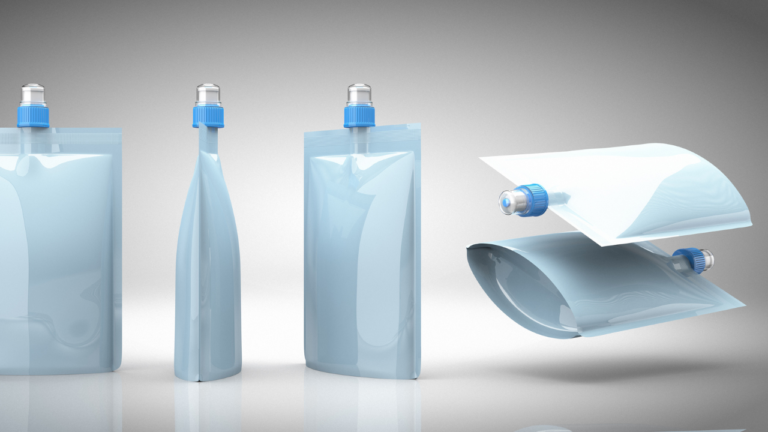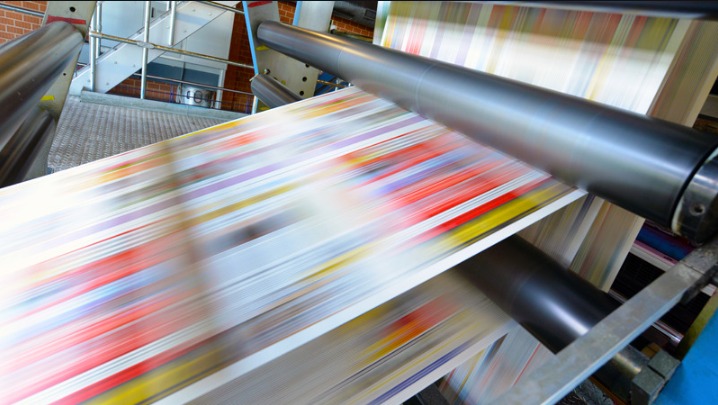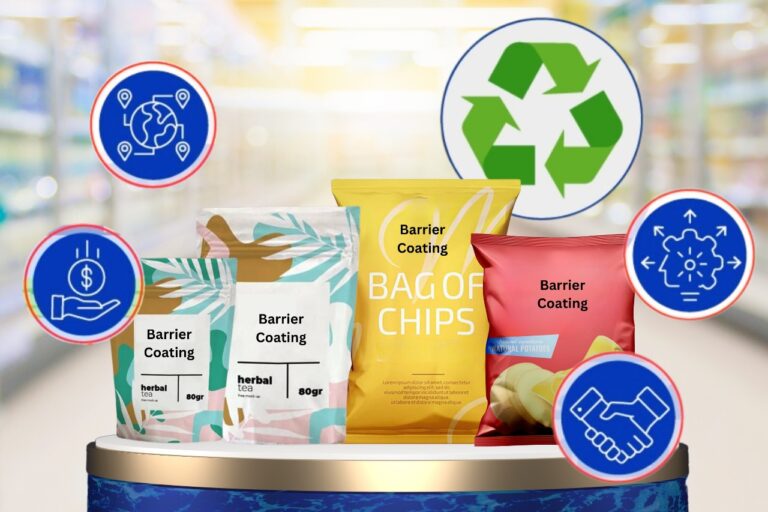Introduction
Packaging is an essential part of the product lifecycle, ensuring protection, convenience, and
communication between the product and the consumer. Among the varied forms of
packaging, flexible packaging stands out due to its adaptability, sustainability, and
cost-effectiveness. The journey of flexible packaging has been one of innovation and
transformation, reflecting changes in technology, consumer behavior, and environmental
consciousness. Let’s take a detailed look at the evolution of flexible packaging, tracing its
development from early forms to the sophisticated solutions we see today.
Early Beginnings: Natural Materials and Simple Solutions
Before industrialization, packaging relied heavily on natural materials. Ancient civilizations
used leaves, animal skins, and woven grasses to wrap and protect food. These early forms
of packaging were the first instances of flexible packaging, demonstrating the human need
for portability and protection.
The Industrial Revolution: Birth of Modern Packaging
The Industrial Revolution in the 18th and 19th centuries marked a significant turning point.
With the rise of factories and mass production, the need for efficient packaging solutions
grew. Paper and cloth sacks became common for packaging bulk goods like grains and flour.
The invention of the tin can in the early 19th century revolutionized food storage in rigid
packagings, but it was the development of cellulose film in the early 20th century that paved
the way for modern flexible packaging.
The Mid-20th Century: Plastic Takes the Stage
The introduction of plastic materials in the mid-20th century brought about a great change in
the packaging industry. Polyethylene (PE) and polypropylene (PP) became widely used due
to their versatility, durability, and cost-effectiveness. The 1950s and 1960s saw the
emergence of plastic bags, which began replacing paper and cloth bags for many
applications. The development of multi-layer films helped in improved barrier properties,
extending the shelf life of perishable goods.
The Late 20th Century: Advancements and Specialization
As technology advanced, so did the capabilities of flexible packaging. The 1970s and 1980s
saw the introduction of barrier films, laminates, and co-extruded films, which provided
superior protection against moisture, oxygen, and light. These innovations were particularly
beneficial for the food and pharmaceutical industries, where product integrity is the most
crucial aspect.
Flexible packaging began to specialize, catering to diverse needs across various sectors.
Stand-up pouches, vacuum packs, and retort pouches became popular, offering
convenience and extended shelf life. The development of re-sealable zippers and
re-closable spouts further enhanced the functionality of flexible packaging, making it more
user-friendly and versatile.
The 21st Century: Sustainability and Smart Packaging
The turn of the 21st century brought with it a growing awareness of environmental issues.
The packaging industry faced increasing pressure to reduce its environmental footprint,
leading to innovations in sustainable packaging materials and practices. Biodegradable and
compostable films, recyclable materials, and reduced material usage became key focus
areas.
Advancements in digital printing technology was crucial for greater customization and
shorter production runs, enabling brands to create personalized packaging and engage
directly with consumers. Smart packaging, incorporating QR codes, NFC tags, and sensors,
began to emerge, offering interactive and informative experiences for consumers.
The Future: Innovations and Trends
Looking ahead, the evolution of flexible packaging is aimed to continue, driven by
sustainability, technology, and consumer demand. Key trends include:
● Sustainable Materials: Ongoing research into bio-based and recyclable materials
aims to reduce the environmental impact of packaging. Innovations in these areas
will likely lead to wider adoption of eco-friendly solutions.
● Smart Packaging: As the Internet of Things (IoT) expands, smart packaging will
become more prevalent. Packages equipped with sensors and connectivity features
will provide real-time data on product freshness, authenticity, and tracking.
● Personalization and Customization: Digital printing will enable more brands to offer
personalized packaging experiences, enhancing consumer engagement and loyalty.
● E-commerce: The rise of online shopping is reshaping packaging requirements.
Flexible packaging solutions will need to balance durability for shipping with
sustainability and user convenience.
Conclusion
The journey of flexible packaging from natural materials to advanced, smart solutions is a
testament to human cleverness and adaptability. As we move forward, the industry will
continue to innovate, finding new ways to meet the demands of consumers while prioritizing
sustainability. The future of flexible packaging promises to be as dynamic and transformative
as its past, reflecting the ever-changing landscape of technology, society, and the
environment




